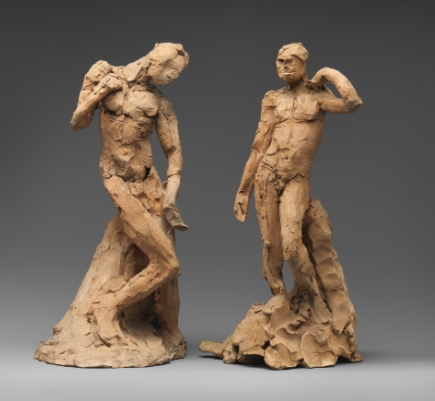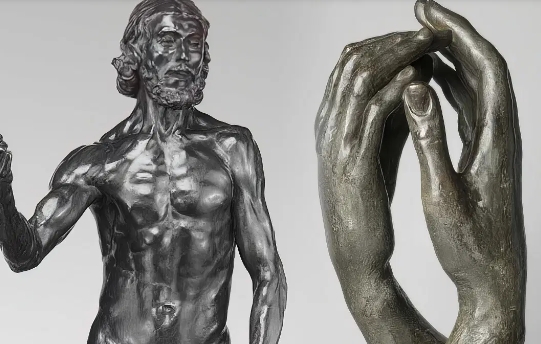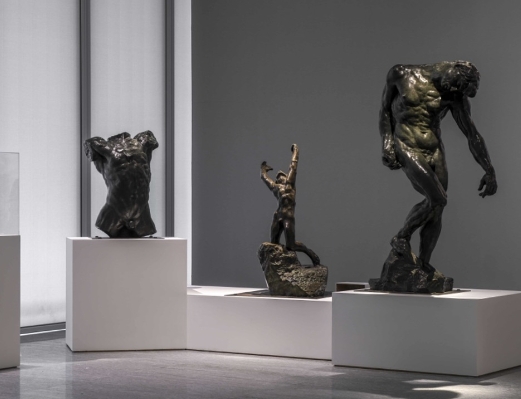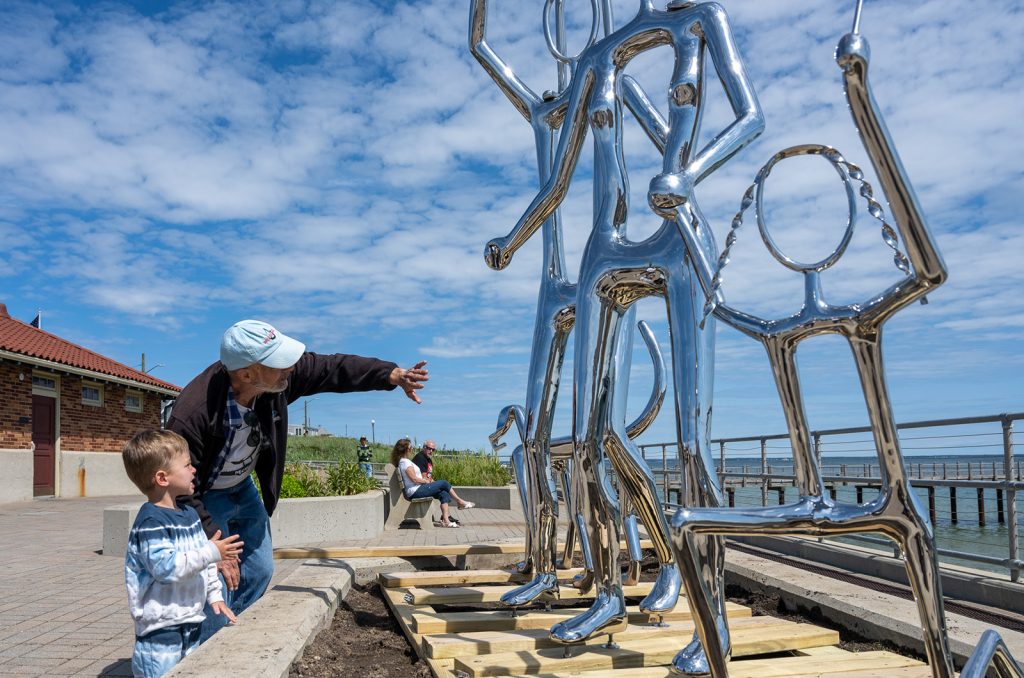Auguste Rodin and Michelangelo are both acclaimed sculpture masters in art history. Their works not only profoundly influenced the development of sculpture art, but also shaped the aesthetic standards of different eras. Although the two masters have different creative techniques and artistic concepts, their expressions of the human body have similar emotional resonance. Rodin expressed his admiration for Michelangelo on many occasions. He considered Michelangelo a master of perfect expression of human emotions and drew inspiration from his works.
Michelangelo is known for his great achievements during the Renaissance. His sculptures such as “David” and the Sistine Chapel fresco “Genesis” demonstrate his precise mastery of human anatomy and his understanding of the emotions of the characters. Deep understanding. Rodin was a pioneer of modern sculpture in the late 19th century. His works such as “The Thinker” and “The Kiss” are full of discussions on the complex emotions of human nature. Rodin skillfully incorporated Michelangelo’s power and emotion into his work, depicting the human body in a freer and expressive way.
Greek goddess sculptures are also an important topic when discussing the art of sculpture. These Greek goddess sculptures not only present the idealized female image in ancient Greek culture, but also provide an inexhaustible source of inspiration for later masters such as Rodin and Michelangelo. Whether it is Rodin’s “The Age of Bronze” or Michelangelo’s “Moses”, we can see that they were inspired by ancient Greek sculptures when representing the human body. This continuation of classic aesthetics has become an indispensable part of the development of sculpture art.
By comparing Rodin and Michelangelo, we can better understand the inheritance and innovation of sculpture art. They not only inherited the essence of classical sculpture, but also laid a new foundation for modern sculpture.




